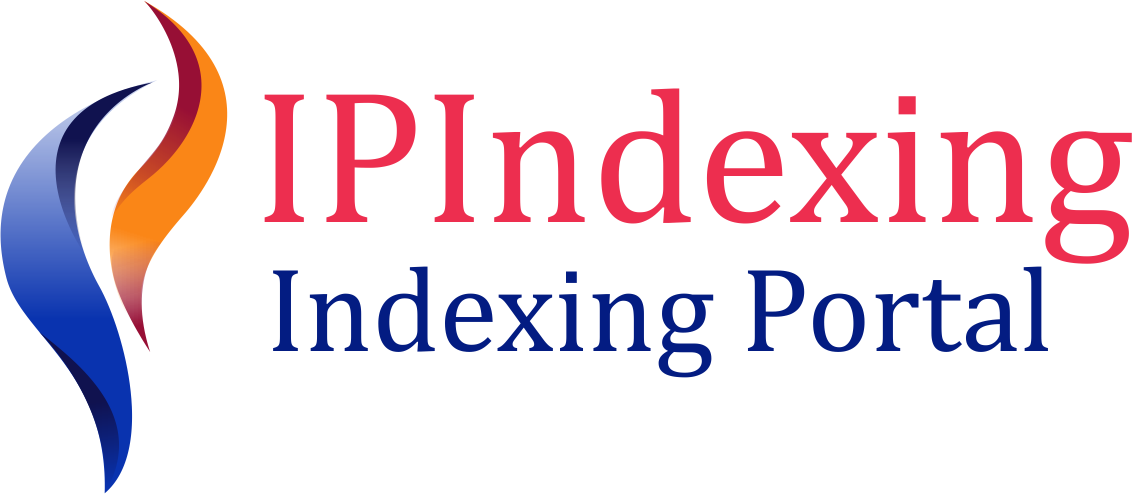A semi-nonparametric extended ordered probit model with selection for financial barrier perception
DOI:
https://doi.org/10.53753/jame.2097Anahtar Kelimeler:
Financial Barriers- Selection Bias- Semi-nonparametric- Innovation InvestmentsÖzet
In order to contribute to the literature concerning the difficulties faced by innovative firms in terms of financing, this paper aims to investigate the perception levels of financial barriers according to their innovation intensity and analyzes determinants of financial barriers for a developing country for the most recent years. A semi-nonparametric extended ordered probit model with selection is used to establish the determinants of perception of financial barriers by employing the Business Enterprise and Environment Survey, BEEPS 2013 and BEEPS 2019. According to the findings, when there is an engagement in innovation activities, then firms are more likely to assess financial barriers as important. It is believed that these results have important implications for developing countries.
İndirmeler
Referanslar
ALMEIDA, H., HSU, P.-H. AND LI, D. (2013) Less is More:Financial Constraints and Innovative Efficiency. SSRN 1831786. Available at: https://papers.ssrn.com/sol3/papers.cfm?abstract_id=1831786.
BECK, T., DEMIRGUÇ-KUNT, A., LAEVEN, L., & MAKSIMOVIC, V. (2006). The Determinants of Financing Obstacles. Journal of International Money and Finance, 25(6), 932-952.
CANEPA, A. and STONEMAN, P. (2008). Financial Constraints to Innovation in the UK: Evidence from CIS2 and CIS3. Oxford Economic Papers, 60(4), 711–730. doi: 10.1093/oep/gpm044.
D’ESTE, P., IAMMARINO, S., SAVONA, M., & VON TUNZELMANN, N. (2012). What Hampers Innovation? Revealed Barriers Versus Deterring Barriers. Research Policy, 41(2), 482-488.
DE-OLIVEIRA, F. and RODIL-MARZÁBAL, Ó. (2019). Structural Characteristics And Organizational Determinants as Obstacles to Innovation in Small Developing Countries. Technological Forecasting and Social Change, Elsevier, 140, 306–314. doi: https://doi.org/10.1016/j.techfore.2018.12.021.
DE LUCA, G. and PEROTTI, V. (2011)/ Estimation of Ordered Response Models with Sample Selection. The Stata Journal: Promoting Communications on Statistics and Stata, 11(2), 213–239. doi: 10.1177/1536867X1101100204.
DOREMUS, J. (2020). How Does Eco-Label Competition Affect Environmental Benefits? The Case Of Central Africa’s Forests. Journal of Environmental Economics and Management, 103, 102344. doi: 10.1016/j.jeem.2020.102344.
GUARIGLIA, A. and LIU, P. (2014). To What Extent Do Financing Constraints Affect Chinese Firms’ Innovation Activities?. International Review of Financial Analysis. Elsevier Inc., 36, 223–240. doi: 10.1016/j.irfa.2014.01.005.
IAMMARINO, S., SANNA-RANDACCIO, F. and SAVONA, M. (2009). The Perception Of Obstacles To Innovation. Foreign Multinationals and Domestic Firms in Italy. Revue D ’ Économie Industrielle, 125. Available at: http://rei. revues.org/3953.
KEELE, L. and PARK, D. K. (2006). Difficult Choices: An Evaluation of Heterogeneous Choice Models in Paper For The 2004 Meeting of The American Political Science Association, 2–5.
MÄNNASOO, K. and MERIKULL, J. (2020). Credit Constraints And R&D over the Boom and Bust: Firm-Level Evidence From Central and Eastern Europe. Economic Systems. Elsevier, 44(2), 100747. doi: 10.1016/j.ecosys.2020.100747.
MOHNEN, P., PALM, F. C., VAN DER LOEFF, S. S., & TIWARI, A. (2008). Financial Constraints and Other obstacles: Are They a Threat to Innovation Activity?. De Economist, 156(2), 201–214. doi: 10.1007/s10645-008-9089-y.
SANTIAGO, F., DE FUENTES, C., DUTRÉNIT, G., & GRAS, N. (2017). What Hinders Innovation Performance of Services and Manufacturing firms in Mexico ?. Economics of Innovation and New Technology. Taylor & Francis, 26(3), 247–268. doi: 10.1080/10438599.2016.1181297.
SAVIGNAC, F. (2008). Impact of Financial Constraints on Innovation: What Can Be Learned from A Direct Measure?. Economics of Innovation and New Technology, 17(6), 553–569. doi: 10.1080/10438590701538432.
STEWART, M. B. (2004). Semi-nonparametric Estimation of Extended Ordered Probit Models’, (1), 27–39.
TIWARI, A., MOHNEN, P., PALM, F., & SCHIM VAN DER LOEFF, S. (2007). Financial Constraint and R&D Investment: Evidence from CIS. Working Paper Series MERIT, (31), 1–45.
UNLU, H. (2022). The Effect of Credit Constraints on Innovation Activities During Different Economic Conditions: Firm-Level Evidence From Turkey. International Journal of Business Innovation and Research. Inderscience Publishers, 29(2), 221–234. doi: 10.1504/IJBIR.2022.126030.
UNLU, H., ÇANKAL, E. and ÇETIN, A. K. (2022). Financial Constraints to Innovative Activities Revealed Barriers Versus Deterring Barriers: Evidence from Turkey, in Leitão, J. and Ratten, V. (eds) Strategic Innovation: Research Perspectives on Entrepreneurship and Resilience. Cham: Springer International Publishing, pp. 47–75. doi: 10.1007/978-3-030-87112-3_5.
Vieira, J. A. C. et al. (2023) Climbing the ladders of job satisfaction and employee organizational commitment: cross-country evidence using a semi-nonparametric approach. Journal of Applied Economics. Routledge, 26(1). doi: 10.1080/15140326.2022.2163581.
WOOLDRIDGE, J. M. (2013) Introductory Econometrics: A Modern Approach. Cengage Learning. Available at: https://books.google.com.tr/books?id=C0KHwUKxys0C.
İndir
Yayınlanmış
Nasıl Atıf Yapılır
Sayı
Bölüm
Lisans
Telif Hakkı (c) 2023 Holistence Publications

Bu çalışma Creative Commons Attribution 4.0 International License ile lisanslanmıştır.









